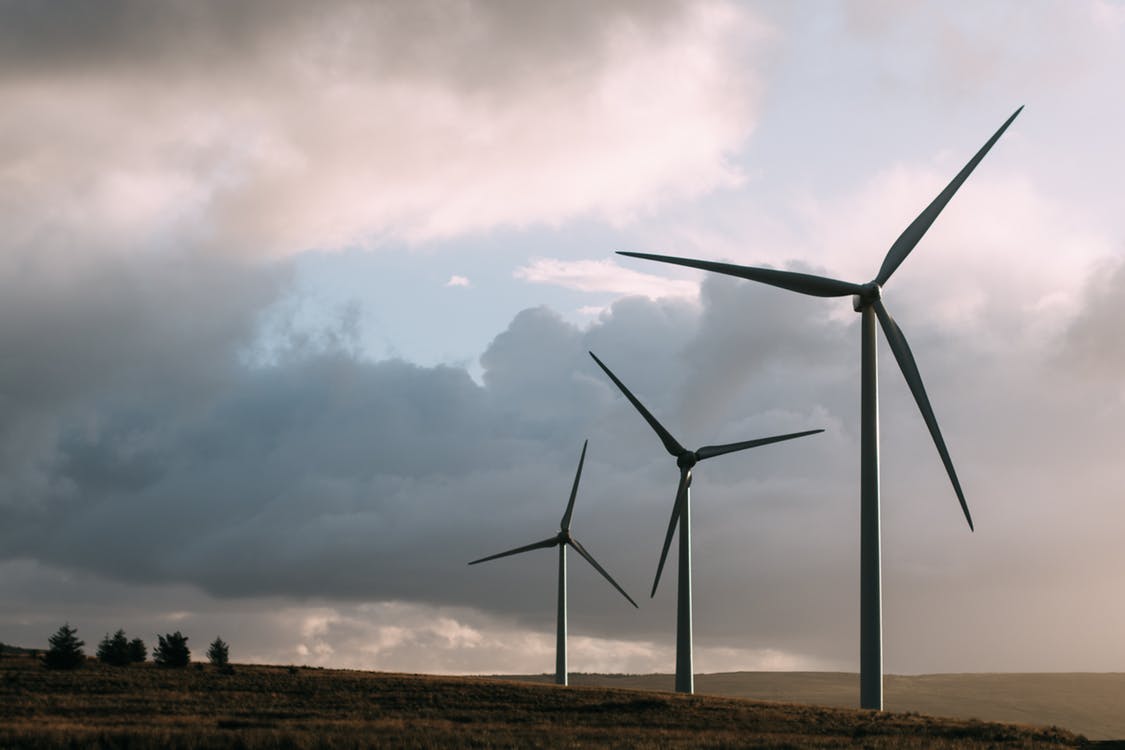Here are the real reasons we’re not building clean energy anywhere near fast enough.
Fifteen years ago, Ken Caldeira, a senior scientist at the Carnegie Institution, calculated that the world would need to add about a nuclear power plant’s worth of clean-energy capacity every day between 2000 and 2050 to avoid catastrophic climate change. Recently, he did a quick calculation to see how we’re doing.
Not well. Instead of the roughly 1,100 megawatts of carbon-free energy per day likely needed to prevent temperatures from rising more than 2 ?C, as the 2003 Science paper by Caldeira and his colleagues found, we are adding around 151 megawatts. That’s only enough to power roughly 125,000 homes.

At that rate, substantially transforming the energy system would take, not the next three decades, but nearly the next four centuries. In the meantime, temperatures would soar, melting ice caps, sinking cities, and unleashing devastating heat waves around the globe (see “The year climate change began to spin out of control”).
Caldeira stresses that other factors are likely to significantly shorten that time frame (in particular, electrifying heat production, which accounts for a more than half of global energy consumption, will significantly alter demand). But he says it’s clear we’re overhauling the energy system about an order of magnitude too slowly, underscoring a point that few truly appreciate: It’s not that we aren’t building clean energy fast enough to address the challenge of climate change. It’s that—even after decades of warnings, policy debates, and clean-energy campaigns—the world has barely even begun to confront the problem.
Read more: Technology Review


